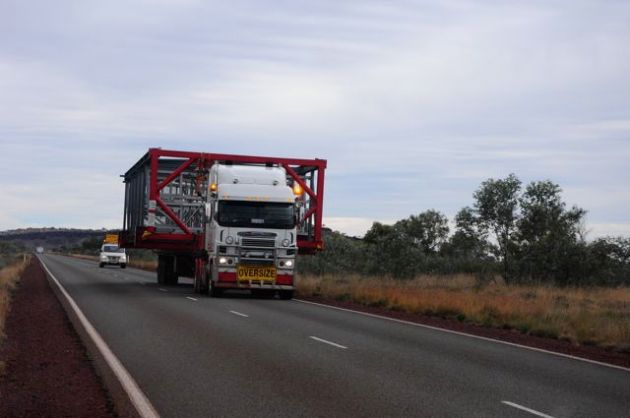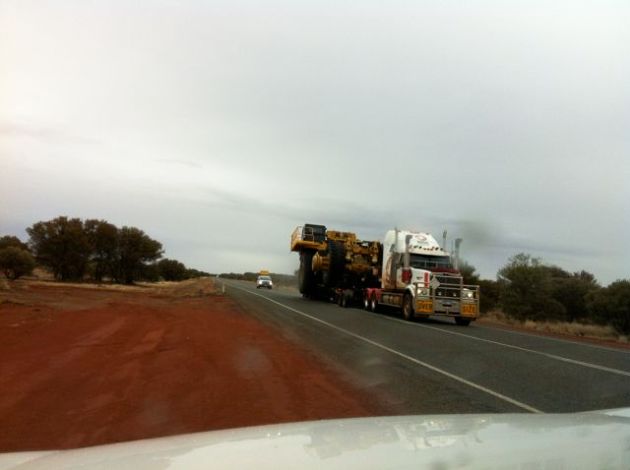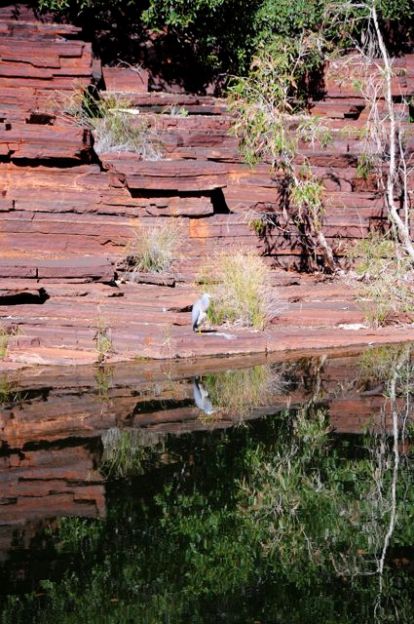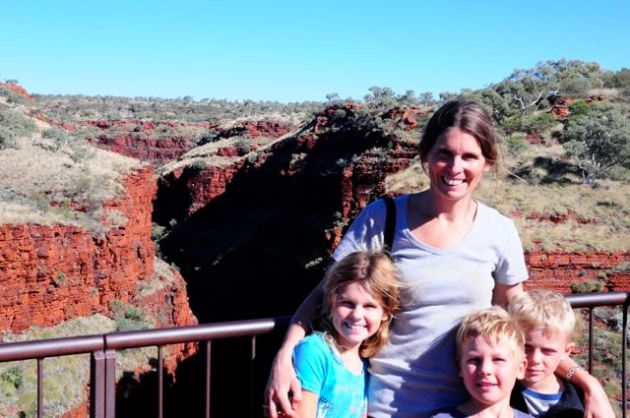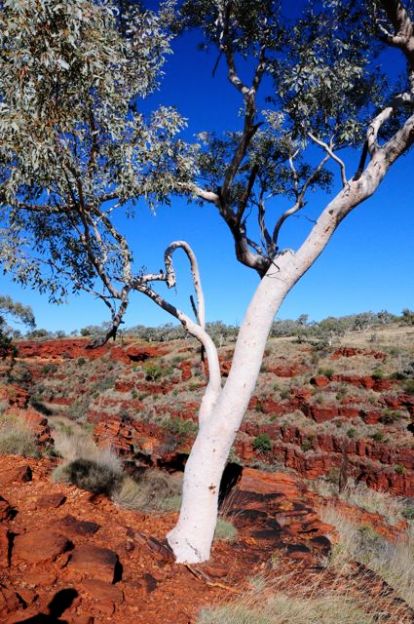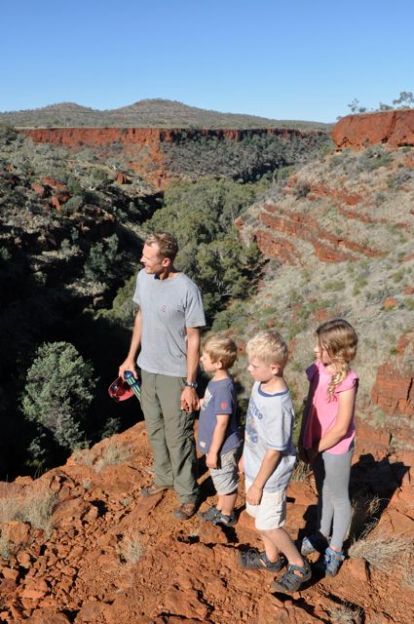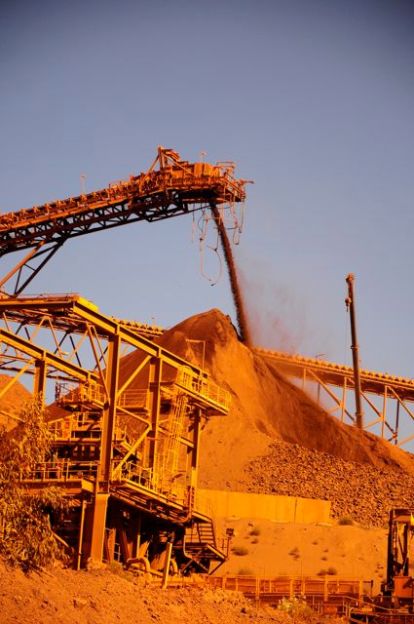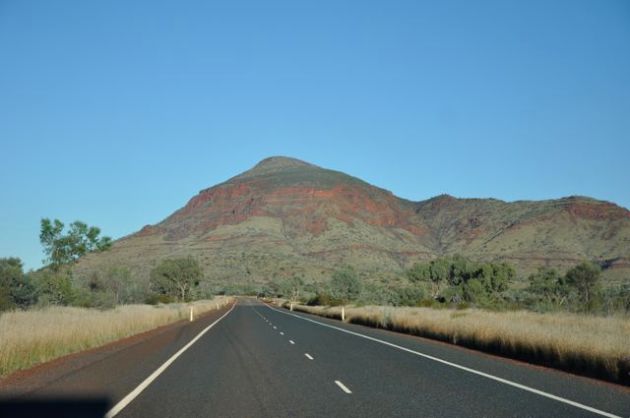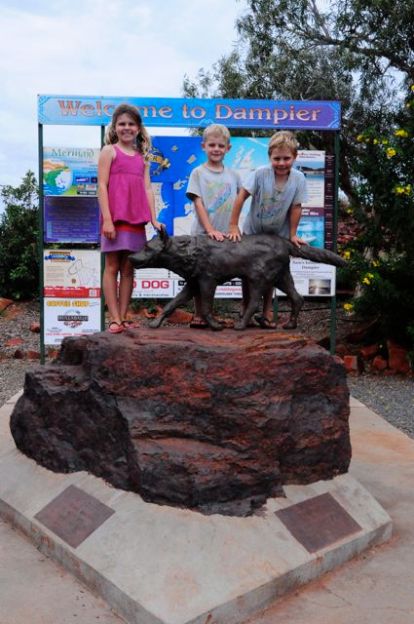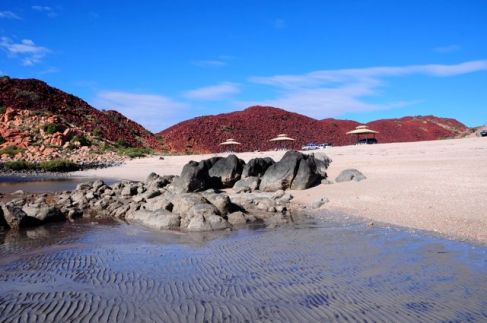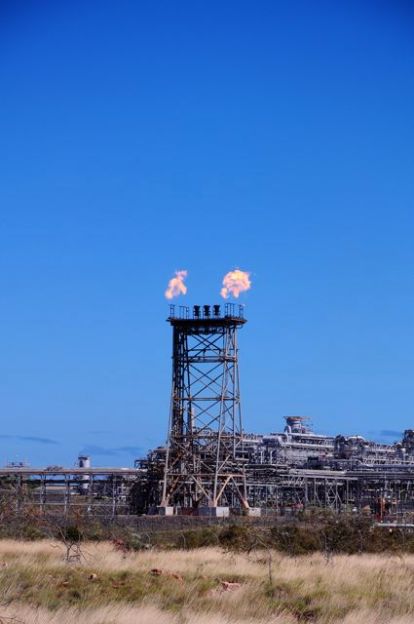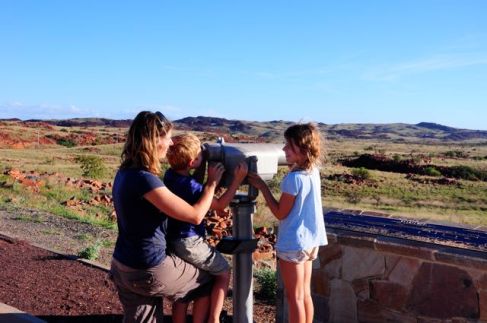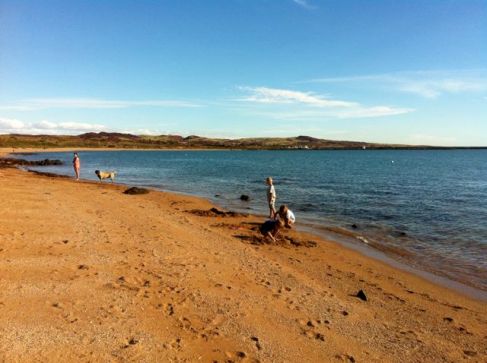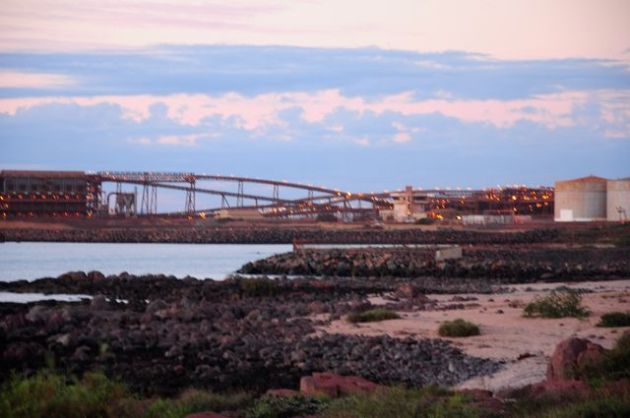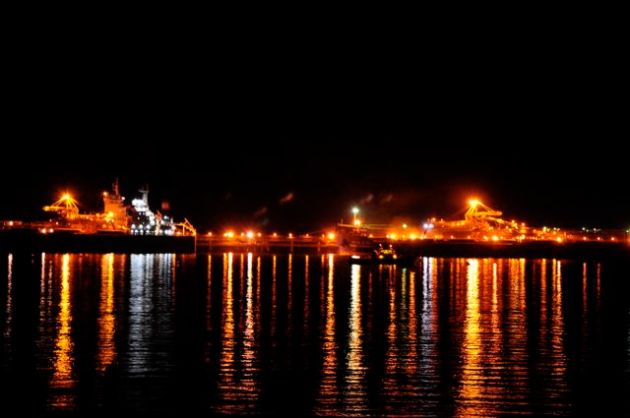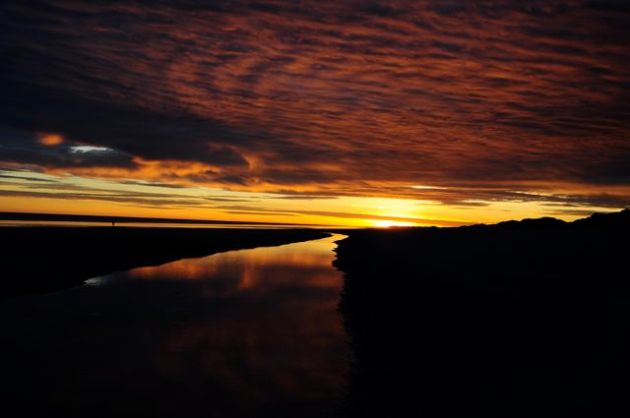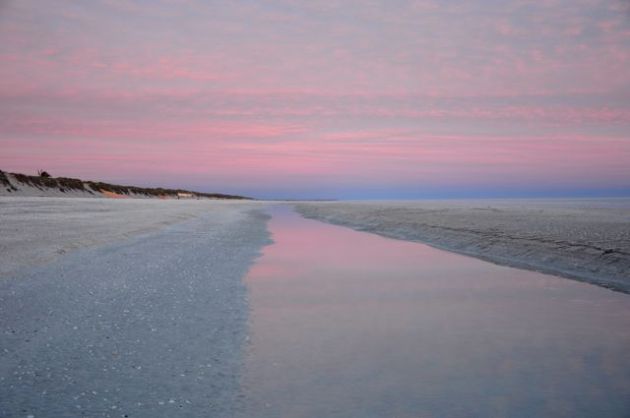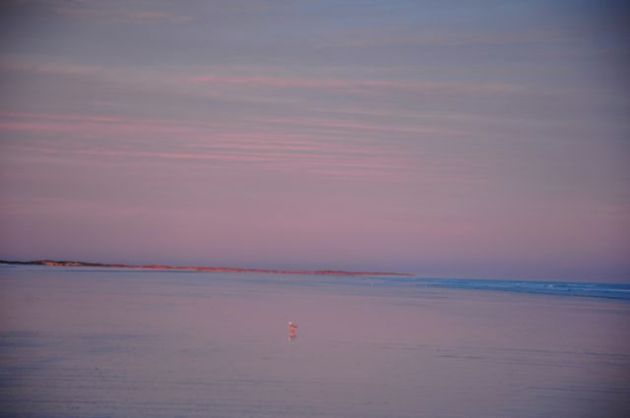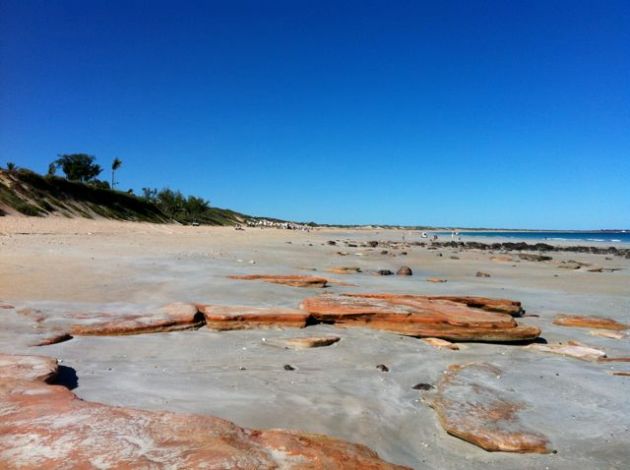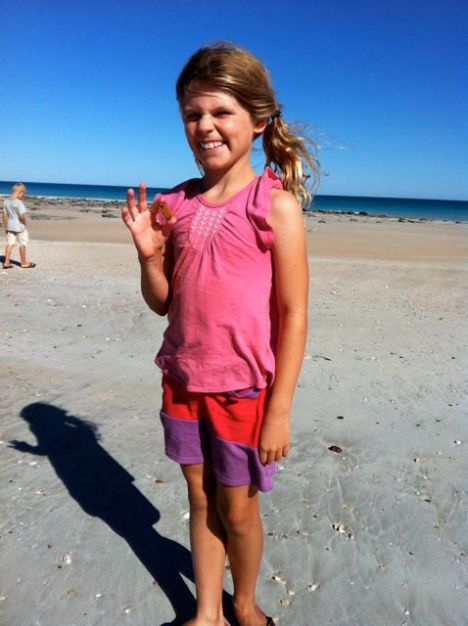It has been quite an insight this trip to see how many roads in Australia are at the mercy of the weather, liable to be suddenly closed and rendering entire communities shut off from the rest of civilization.
Leaving Gascoyne River, there were a few potential routes we could take to continue our journey towards Kalgoorlie. It was tempting to take the quickest route, but this involved a minor dirt road and with the continued rain and slippery conditions, we decided it might be more trouble than it was worth. In any case, the council told us it had not been closed yet, but might be by the end of the day, so although we could have got through, it obviously wasn’t in great shape.
Our second choice, which offered better scenery and the middle distance to travel, had been closed that morning.
So we stuck with the remaining option, which was bitumen all the way but added around 300km to the total distance. We were now in the “goldfields” area, and passed through several historic towns (eg Cue), several brown-signed “former site of x town” where the town was now completely wiped from existence due to the fluctuating mining fortunes, and several towns that we felt perhaps would be better if they WERE wiped from the map (eg Meekatharra, although the man at the shire offices was very helpful!).
At Mt Magnet we turned due east, reaching the historic town of Sandstone by mid-afternoon, where, in view of the weather and Chris’s back (now beginning to improve) we had booked a night at the only pub in town, the National Hotel. Samdstone was once a thriving mining town sporting four hotels and a population of several thousand. These days it is a little more humble, as is the donga-style accommodation (suffice to say that the UHT milk supplied in the fridge had a use-by date of Feb 2013). However the bar was full of character, with a crackling log fire, friendly staff and a bunch of locals, and we enjoyed a good pub meal there. (I completely forgot to take a photo of the National Hotel or its front bar, which is a shame). Chatting to a mechanic at the bar, who travels between mines fixing everything from the little forklifts to the huge dumpsters, I asked him if many of his mates worked in the mines. “Nearly all of them,” he said, as though that would be obvious, and it struck me just how different WA is to Victoria.

